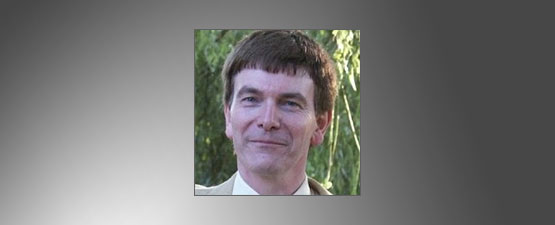Distinguished Lecture: Jerome Bellegarda (Apple, USA)
Lecture Date: April 13, 2022 (Virtual Lecture)
Chapter: North New Jersey
Chapter Chair: Alfredo Tan
Topic: TBA
We develop a novel 2D functional learning framework that employs a sparsity-promoting regularization based on second-order derivatives. Motivated by the nature of the regularizer, we restrict the search space to the span of piecewise-linear box splines shifted on a 2D lattice. Our formulation of the infinite-dimensional problem on this search space allows us to recast it exactly as a finite-dimensional one that can be solved using standard methods in convex optimization.
The paper develops novel algorithms for time-varying (TV) sparse channel estimation in Massive multiple-input, multiple-output (MMIMO) systems. This is achieved by employing a novel reduced (non-uniformly spaced tap) delay-line equalizer, which can be related to low/reduced rank filters. This low rank filter is implemented by deriving an innovative TV (Krylov-space based) Multi-Stage Kalman Filter (MSKF), employing appropriate state estimation techniques.
In this talk, we discuss a new transform technique for solving fractional programming (FP), i.e., a family of optimization problems with ratio terms. The classic FP techniques such as the Charnes-Cooper and Dinkelbach’s methods typically deal with a single ratio, and in general, do not work for multiple ratios.
The IEEE Signal Processing Society is happy to announce the addition of twenty-three new Chapters formed in 2021. We welcome the new SPS Chapters and wish them great success in their future activities and events.
The IEEE Signal Processing Society is seeking nominations for future leaders! Nominations for several SPS leadership roles are open now, and we are now soliciting for the following roles with terms beginning 1 January 2023.
The 2022 Multimedia Prize Paper Award Nomination Period is Open. Any paper published in T-MM in 2019, 2020 or 2021 is eligible. Judging shall be on the bases of originality, subject matter, timeliness, potential impact, and presentation quality.

Lecture Date: April 13, 2022 (Virtual Lecture)
Chapter: North New Jersey
Chapter Chair: Alfredo Tan
Topic: TBA

Lecture Date: March 1, 2022 (Virtual Lecture)
Chapter: Tokyo
Chapter Chair: Kazuya Takeda
Topic: TBA
IEEE SPS has built a streamlined mechanism for employers to add a job announcement by simply filling in a simple job opportunity submission Web form related to a particular TC field. To submit job announcements for a particular Technical Committee, the submission form can be found by visiting the page below and selecting a particular TC.